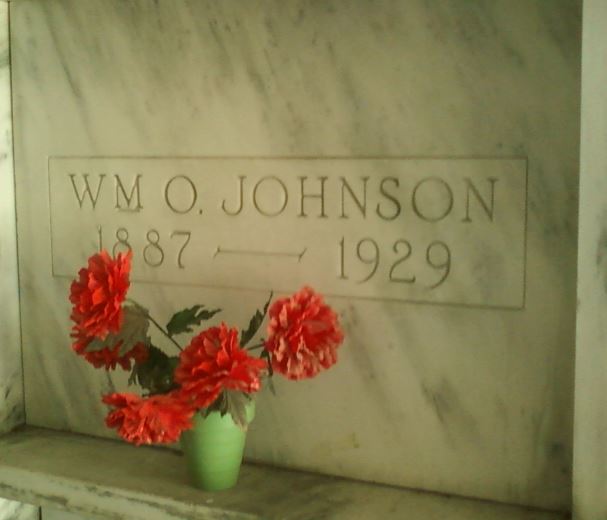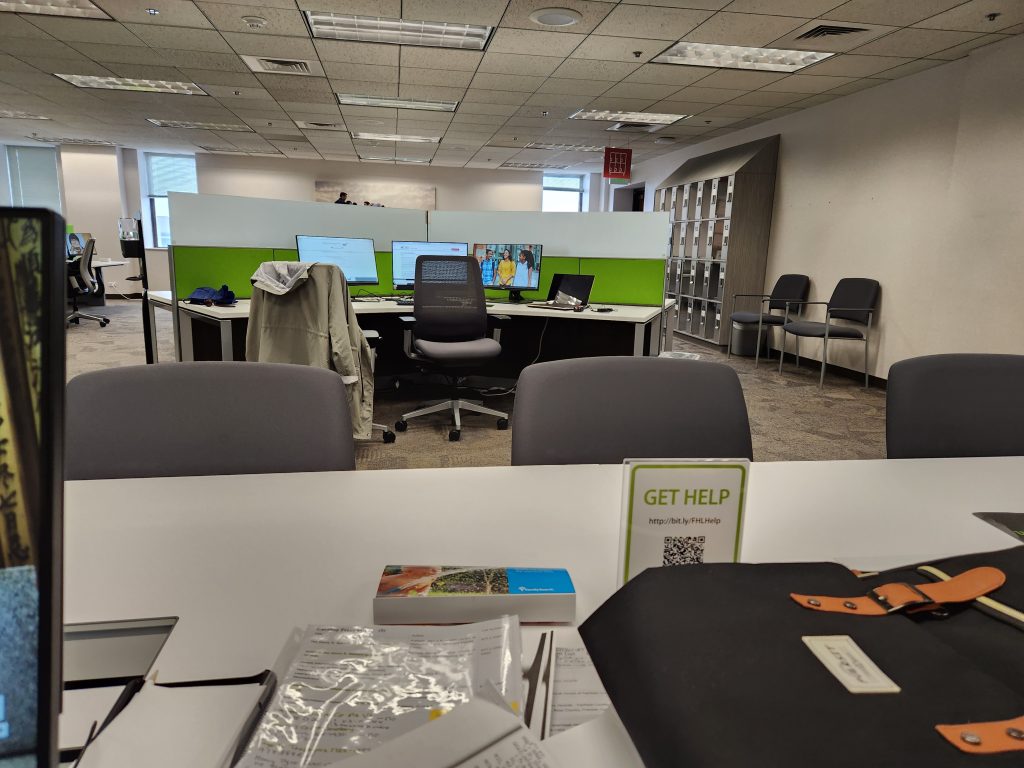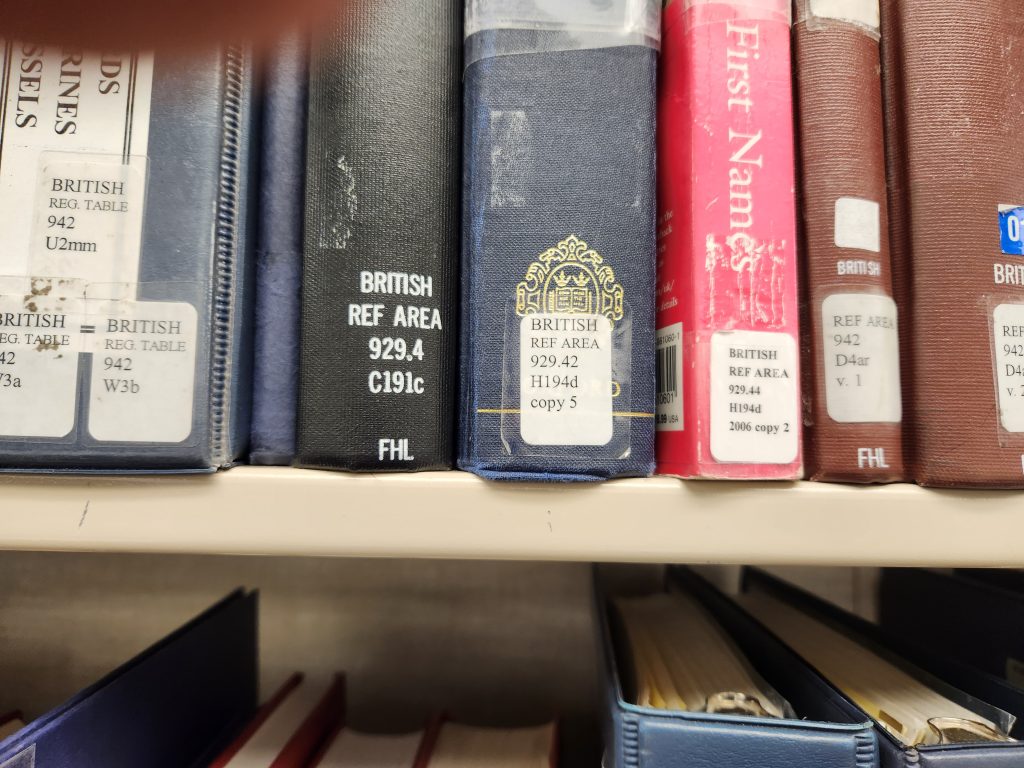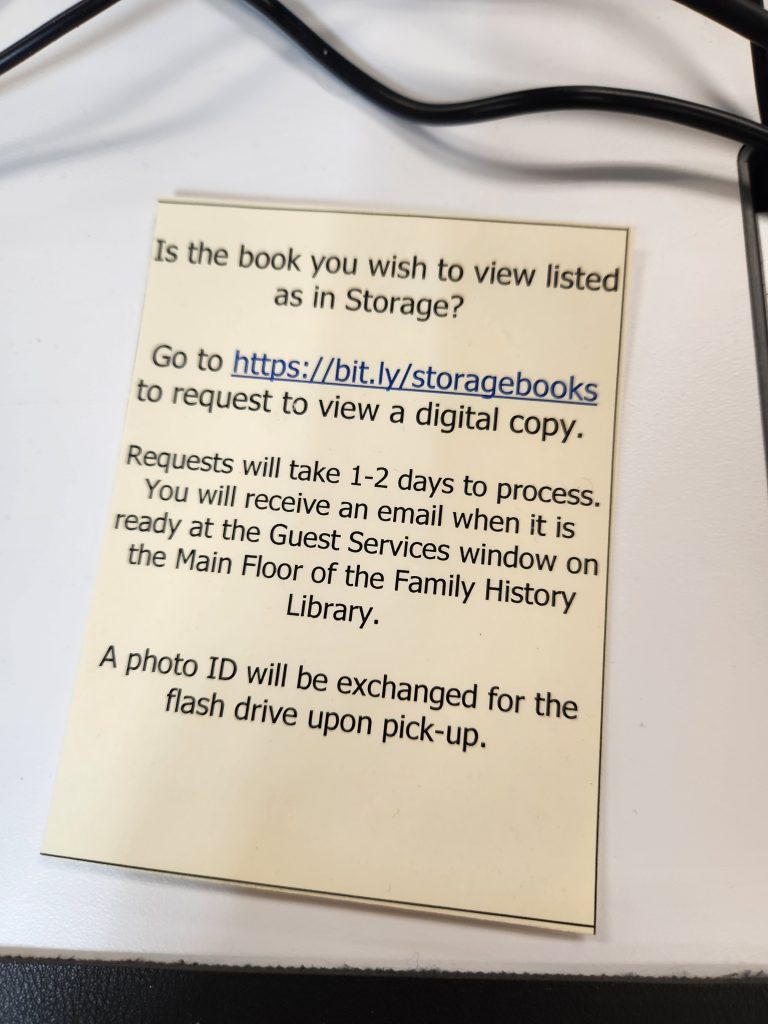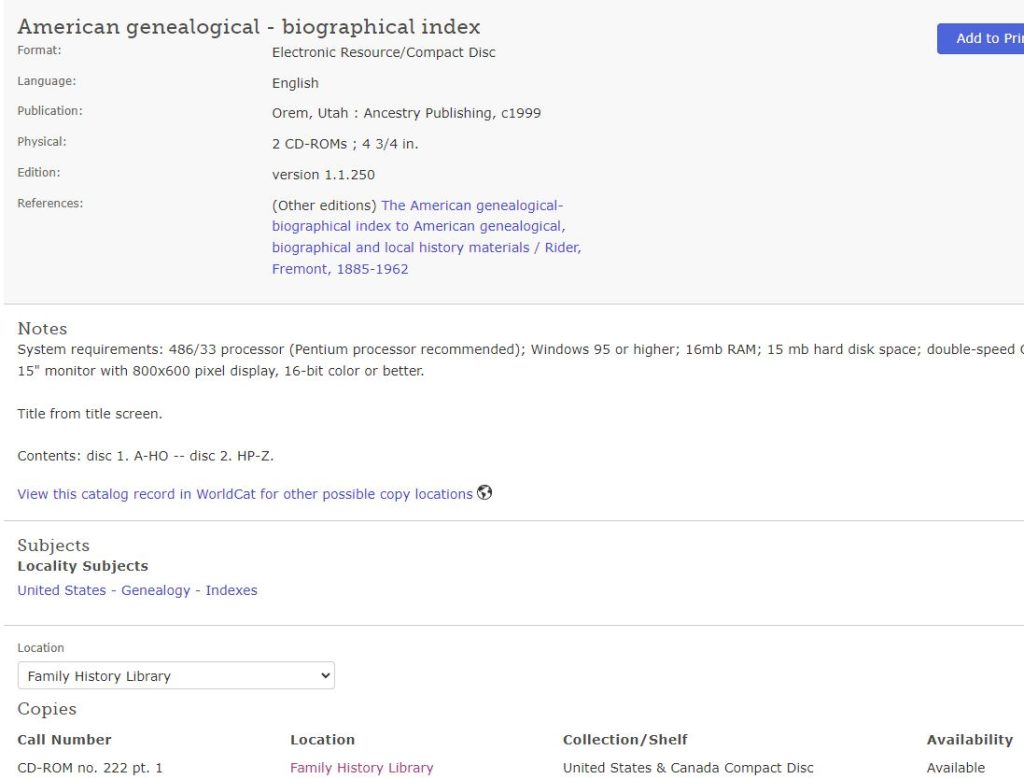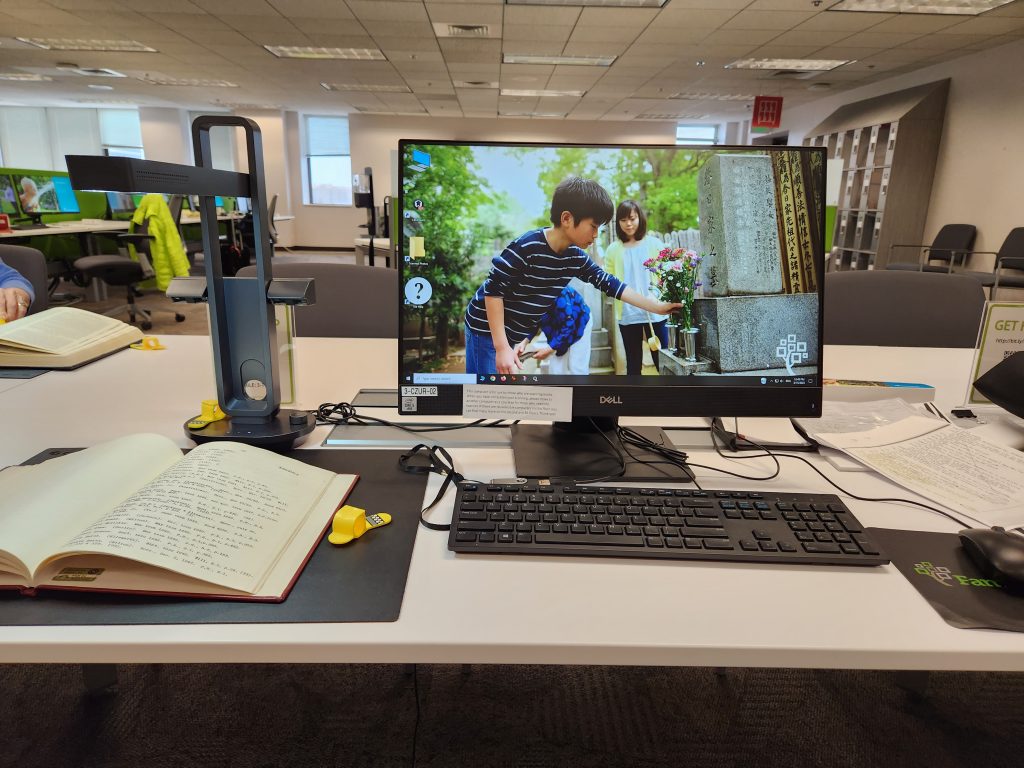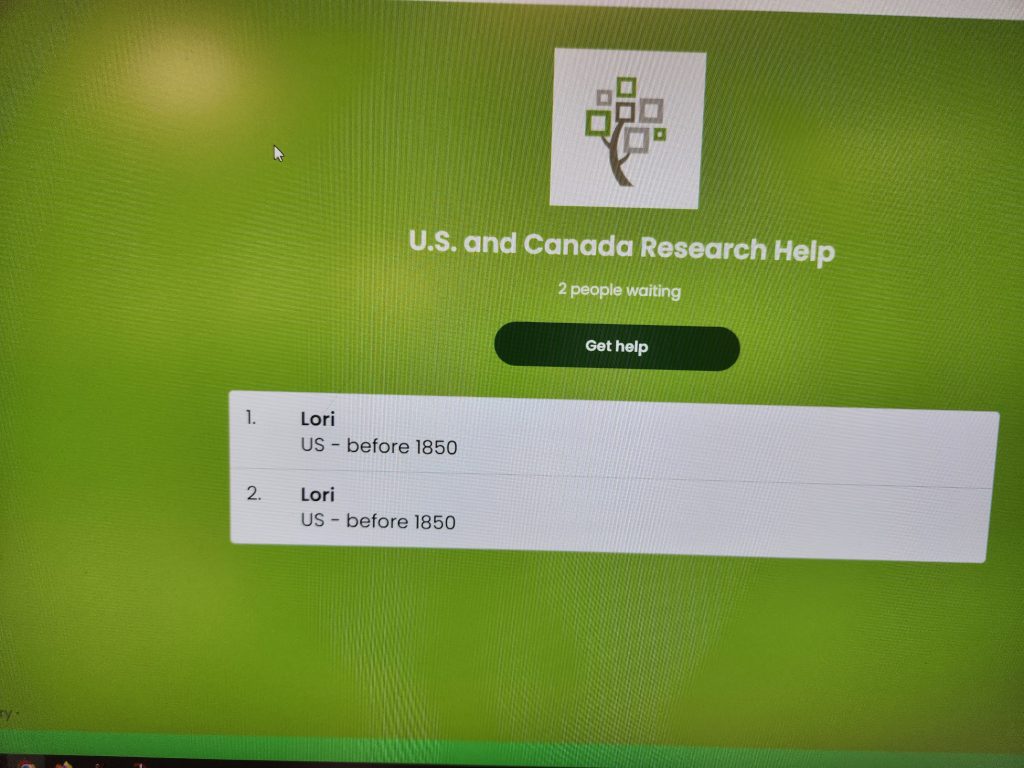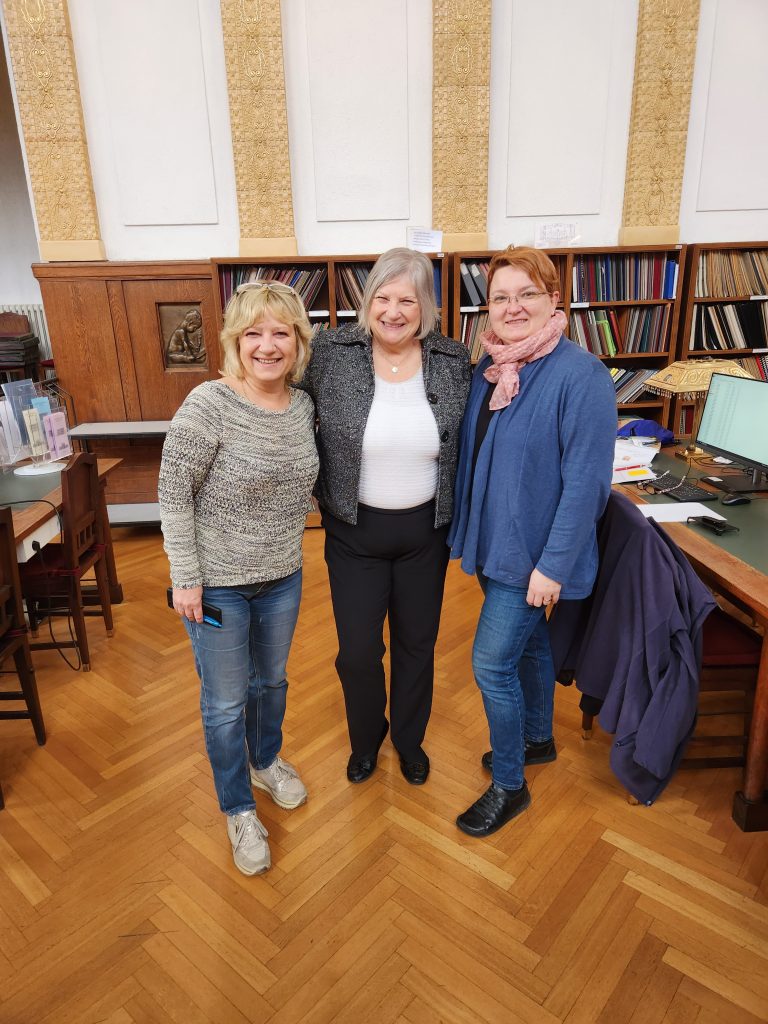
It was time for me to cross the pond to search for family information. You might, like me, have reached that place in your research.
My maternal line is all Croatian and when I began my genealogical journey over 50 years ago, I thought I knew everything there was about those lines. I was so wrong!
Over the years, I interviewed my maternal grandmother, mother, and one of my aunts. I wrote down the stories they told, made sure the people in the photos they left behind were identified, and diligently added their U.S. made records in genealogical software programs. When DNA came along I tried to connect with family that had scattered across the world – Russia, Ukraine, Germany, Great Britain, Australia, and throughout the U.S. I visited the FamilySearch Library twice hoping that records from the small villages outside of Zagreb would be available. Only one currently is and last month I was informed that there were no new films that would be available to search anytime soon. If I wanted more I had to do boots on the ground.
In January I discovered a Gate1 tour with a special price for Croatia as the country began accepting Euros in 2023. My husband and I booked a 10-day tour and decided to extend it by two days so I could research my family in an archive and visit their villages. I have researched cemeteries in the Caribbean, South America, and Central America but I have never before researched in an archive outside of the U.S.
Here are my recommendations if you are planning a genealogical journey abroad:
- Identify the area where your ancestor resided – Check immigration, census, vital records, obituaries, and family member recollections. Mugbooks and family genealogies may also be helpful. You need to know where they were and under what flag when they lived there to discover where records are housed. My family lived for generations in what is now Croatia but at the time they were there, it was under Austria-Hungary. Step 2 will help you figure out where some of the records reside and who ruled the land at the time your ancestors lived there.
- Use FamilySearch.org Wiki – After logging in, click on the ribbon “Search” and then “Research Wiki.” Either enter your location in the search box or click on the map. My villages are not an option so I selected the biggest city to the villages of Dubranec and Jerebic which was the capital, Zagreb. The information provided will give you some knowledge of what records are available and where. Look at any records for the country that are online, even if they are not for your desired location. Often the headings will be similar so you can familiarize yourself with what the information will look like. I took headings from the only document available for Dubranec (1895-1900 baptisms) and transferred them to an Excel doc. Under the Croatian headings, I wrote the translation. I then filled in all the info I knew for each individual. This way, when I entered the archive, I had the child’s name in the correct category, along with a time frame (the birthdate), and the parents’ names. I knew ahead of time what lines to scan to find what I needed. I also had the info in chronological order which speeded up the research as the microfilm is by years.
- Check out archive websites – Don’t worry that you don’t speak or read the language, most websites are easily translated into English. Look at the top and bottom of the home page for a translation button. Every archive has different rules and regulations. Knowing what is required ahead of time will save you grief. Things to think about – Do they accept credit cards or cash only? Can you take photos? Do you have to make a reservation? Can you bring a laptop?
- Book your trip – Some folks like to be independent and others like a canned tour. I prefer a little of both. There are many tour companies online and deciding which can be daunting. Look at ratings, talk with family and friends, and read the fine print. I highly recommend hiring knowledgeable locals to assist you in the archives. I used the Association of Professional Genealogists website, of which I am a member, to find a genealogist. Via email, she advised me what archive I needed to visit and which record sets would be helpful to search. She accompanied me to the archive, stepped me through the process to obtain a pass, and sat nearby so I could get clarification and translation. I had trained my husband on using the one available FamilySearch film so we were able to go through all the record sets in one day. And for my long-time readers, you know weird things happen to me when I do boots on the ground! Also in the archive the day I was there was another genealogist who my second cousin had hired 16 years ago. Her report had been on records housed in the village church which has since been damaged by an earthquake. Those records are no longer available and I’m so thankful to have that report. It was a confirmation of names and dates I was given verbally and allowed me to delve further into the records housed by the state.
- Remain calm and flexible – Traveling today is not as easy as it once was. I had hoped to spend a day and a half in the Croatian State Archives but because Lufthansa was incompetent (I’ll spare you how rude they were in Munich) our flight was delayed 5 hours. By the time I reached the hotel, the archive was an hour from closing. In hindsight, I was jet lagged so I wasn’t in the best of shape to research in a new place with a language I wasn’t proficient in. Still, I was disappointed that I lost valuable time. Go with the attitude that you are grateful for finding something instead of thinking you must find everything. I was astounded to discover that my family owned so many plots of land. I would need many more days to go to the courthouse to pull all the deed records. A volume I needed for information on the nobility of my Kos family was missing so another archive needs to be contacted to obtain that record. I also learned that military officer records are housed out of the country. For now, I’m content with what I did discover and can plan to either go back in the future or hire a genealogist to pull the records for me.
Next week I’ll write my recommendations about visiting your family’s ancestral home.

